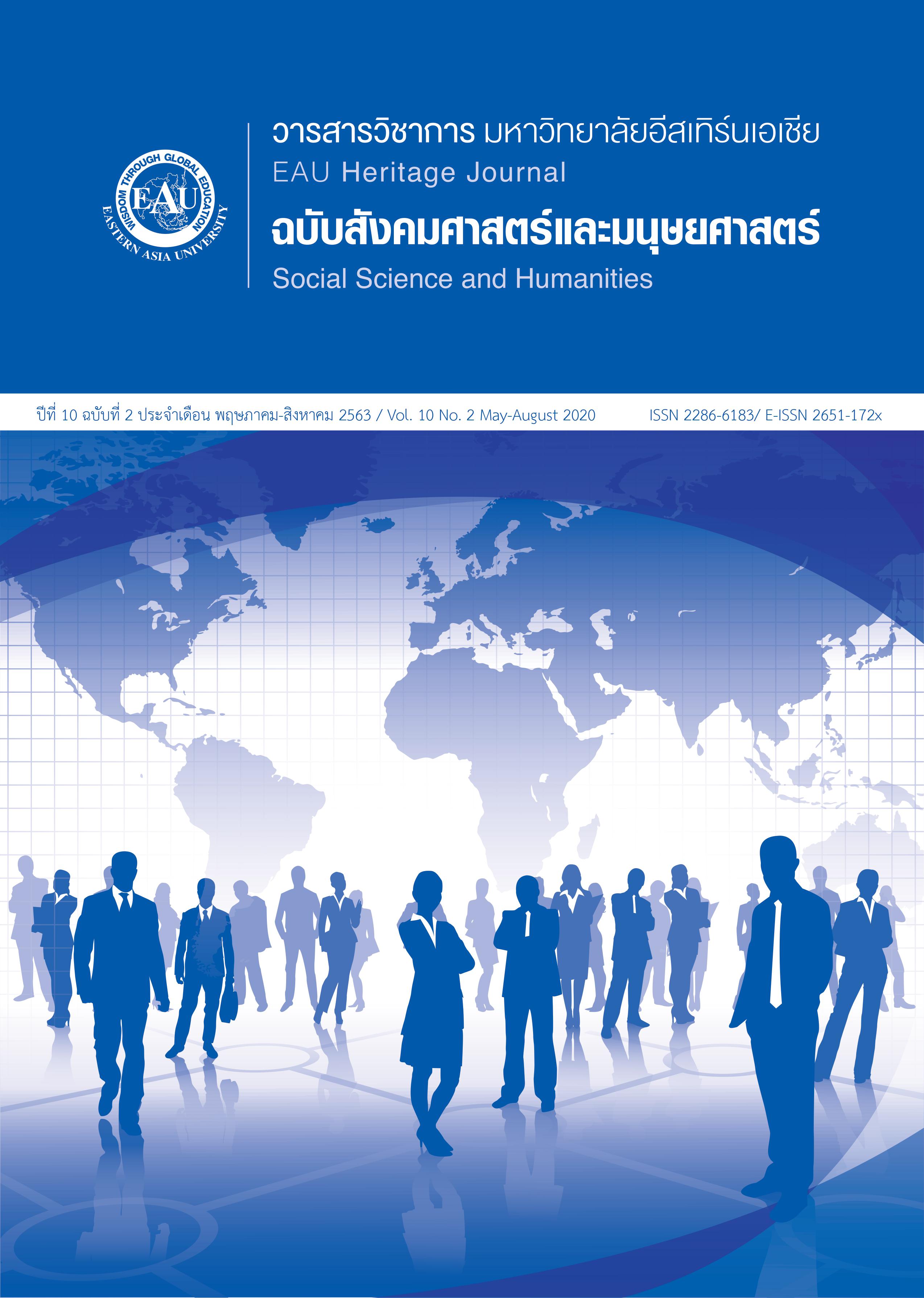Trust, Corporate Image, and Perceived Quality Affects to word of Mouth Marketing by Buyer and Visitors Case Study of Village A
Keywords:
Trust, Corporate Image, Perceived Quality, Word of MouthAbstract
This research aimed at studying (1) purchasers’ and visitors’ opinion towards the “A” village affecting trust, corporate image, perceived quality and word of mouth (2) purchasers’ and visitors’ opinion affecting trust, corporate image, perceived quality and word of mouth categorized by personal marital status (3) relationship between trust, corporate image perception, quality perception and word of mouth and (4) combined forecasting of trust, corporate image and perceived quality on word of mouth. The samples consisted of 389 buyers and visitors. Statistics used in data analysis were t-test, F-test, Pearson Product Moment Correlation Coefficient and Multiple Regression. The analysis results found that (1) the buyers and visitors of “A” village averagely had the opinions towards trust, corporate image, perceived quality and word of mouth in a high level (2) the buyers and visitors with different gender, age, occupation, and monthly income had different opinions on overall trust, the buyers and visitors with different gender, levels of education, occupation and monthly income had different opinions on overall corporate image, the buyers and visitors with different occupation and monthly income had different opinions on overall perceived quality, the buyers and visitors with different gender, age, education level, occupation, and monthly income did not have different opinions on word of mouth (3) trust, corporate image and perceived quality were positively correlated with word of mouth with statistical significance of 0.01; and (4) corporate image, perceived quality, and trust can predict word of mouth with 44.4 percentage of prediction capability and ±.18 of prediction error at statistical significance of 0.05.





